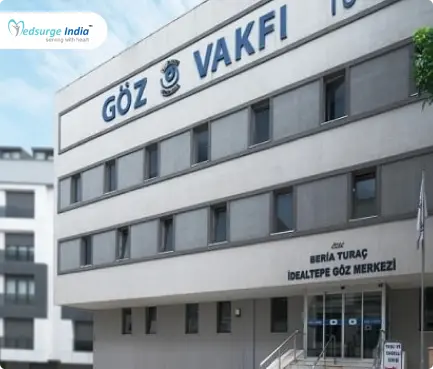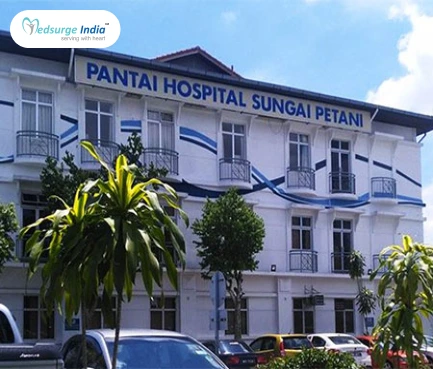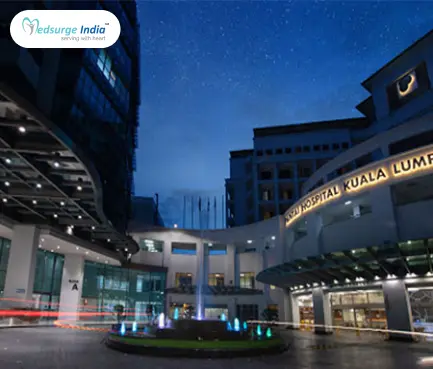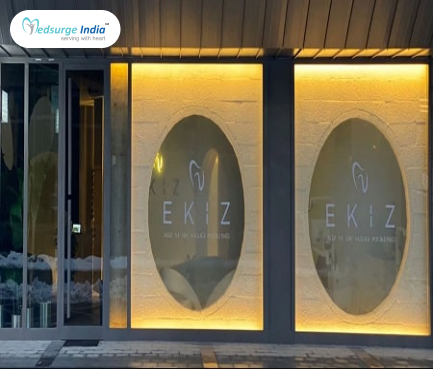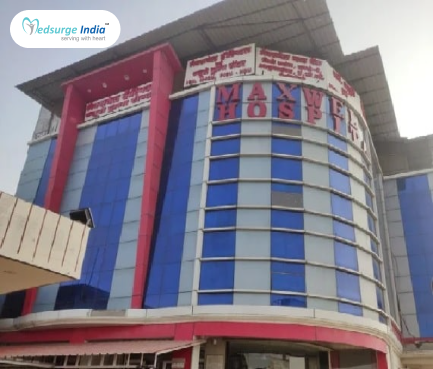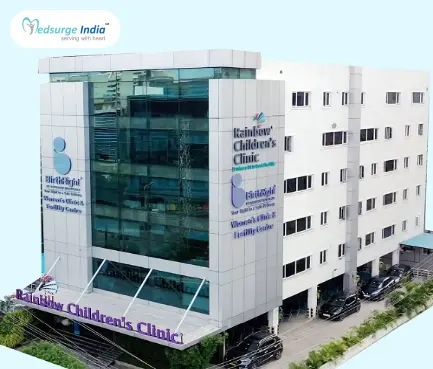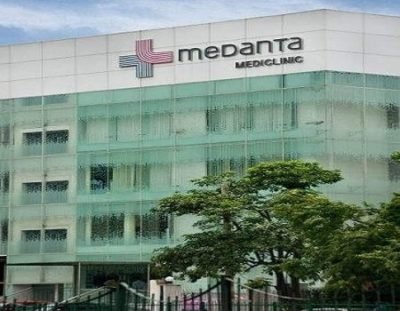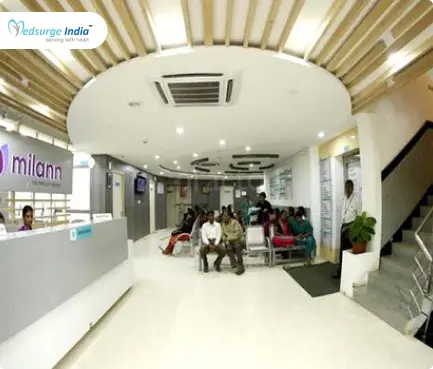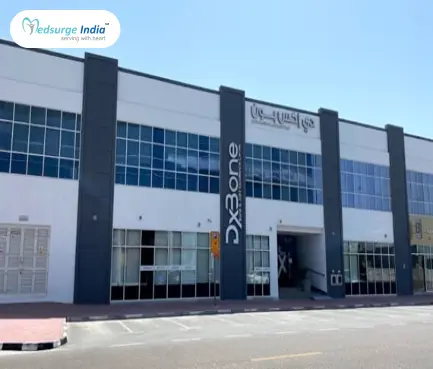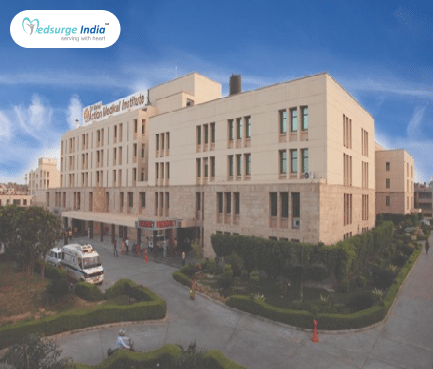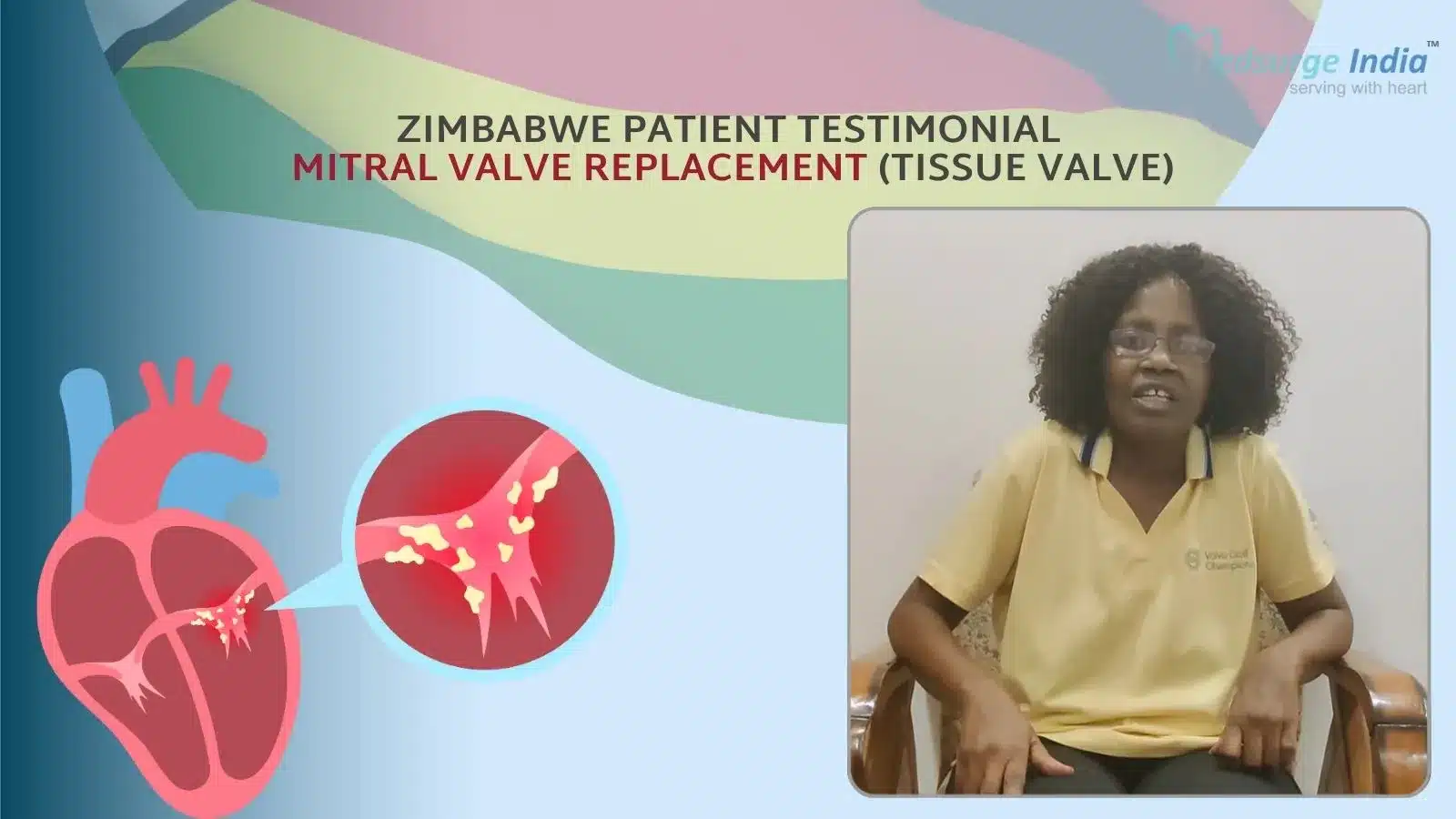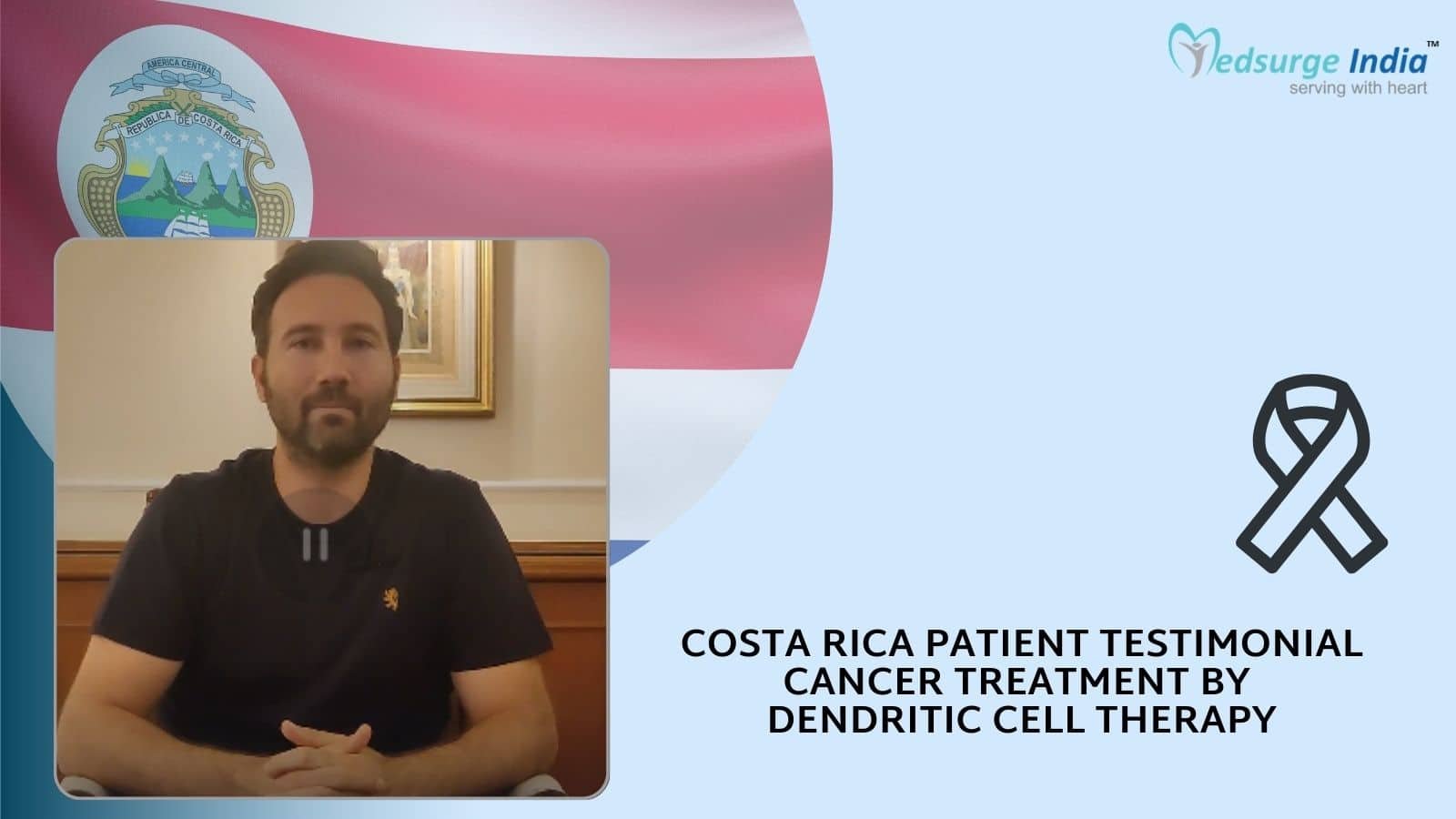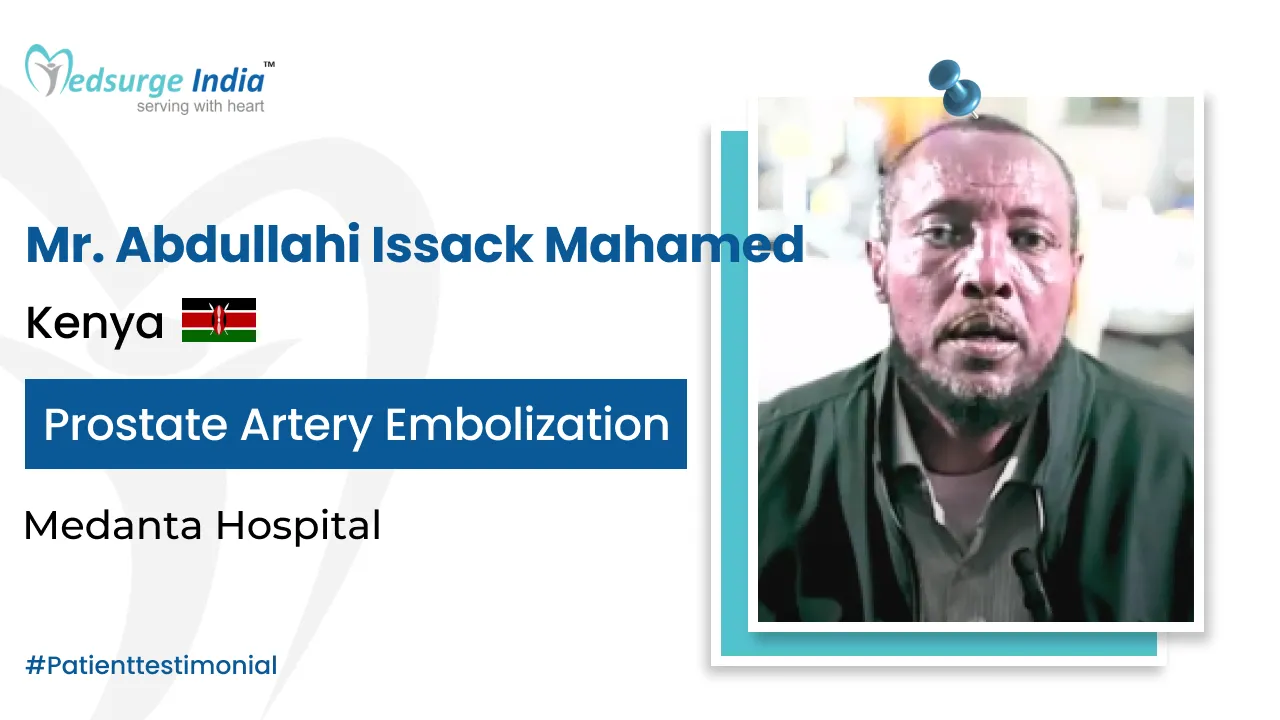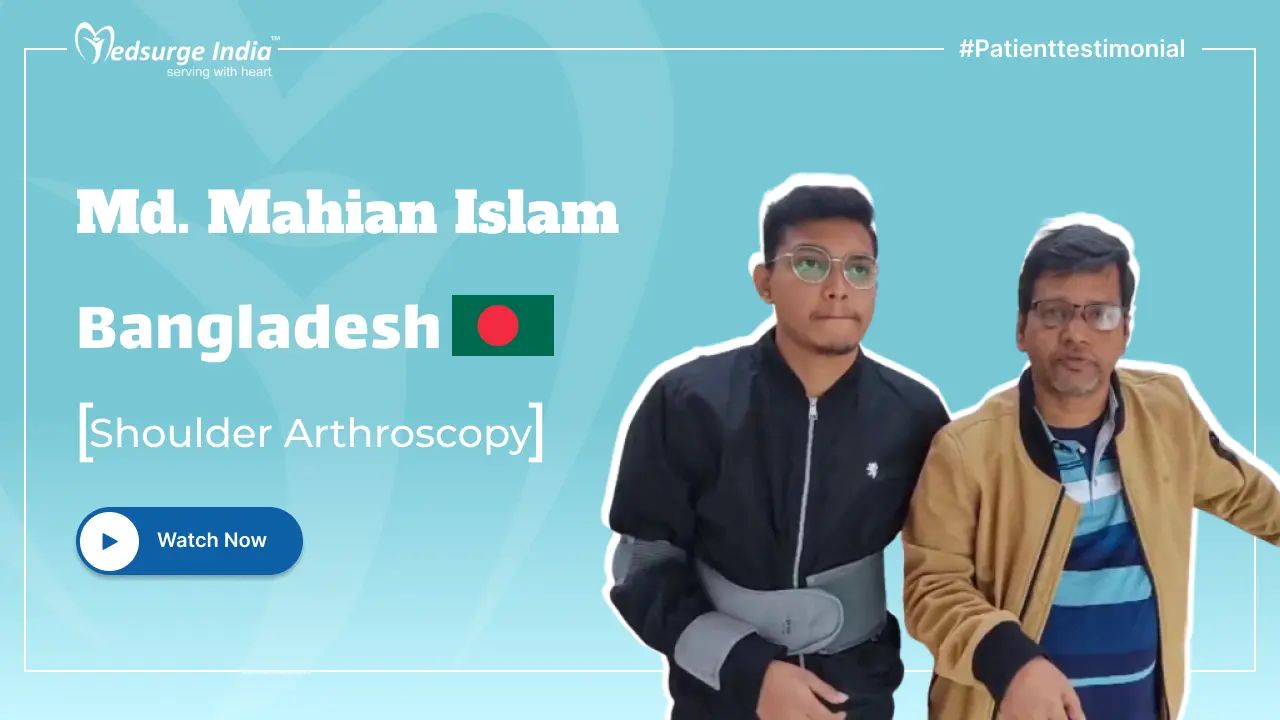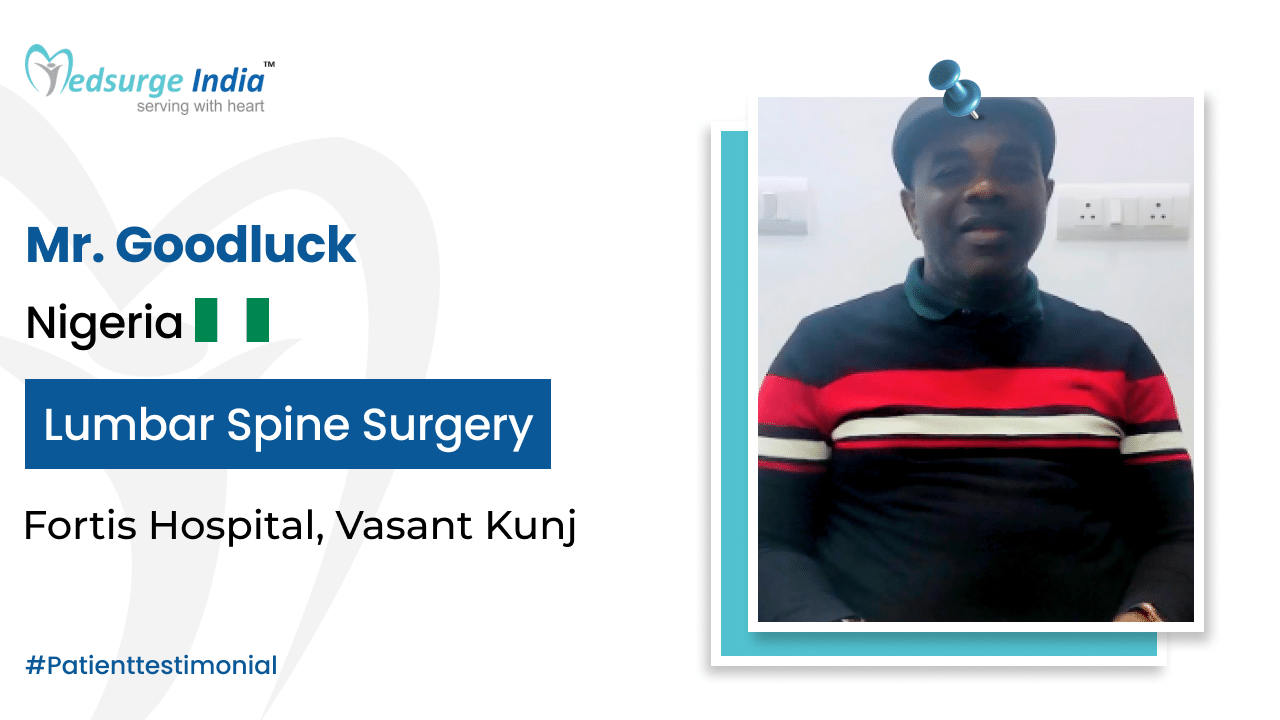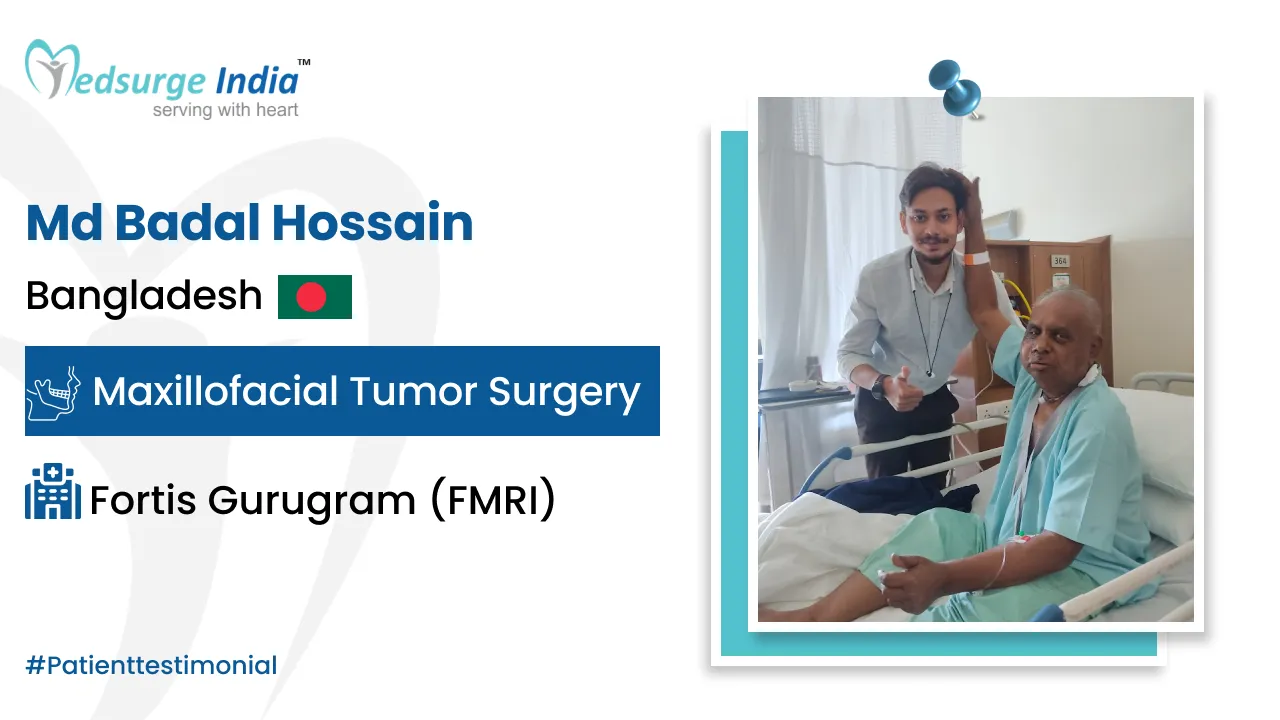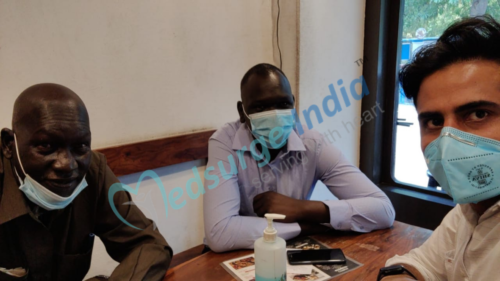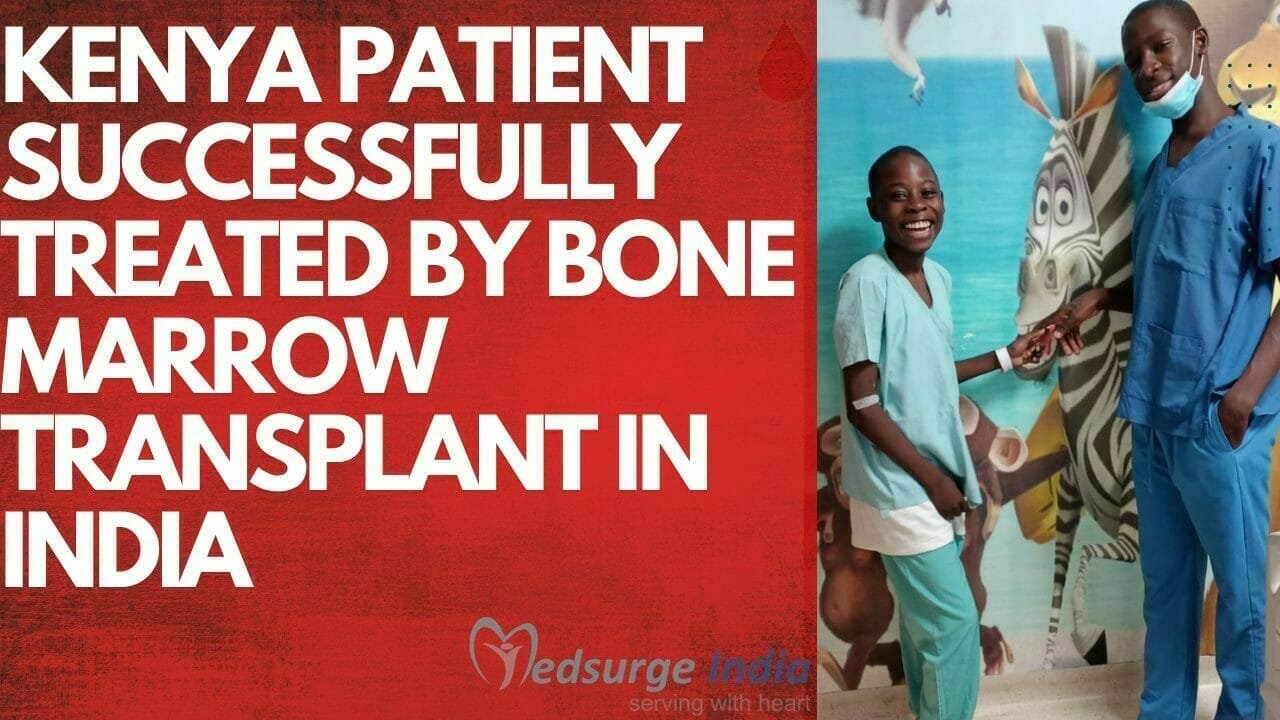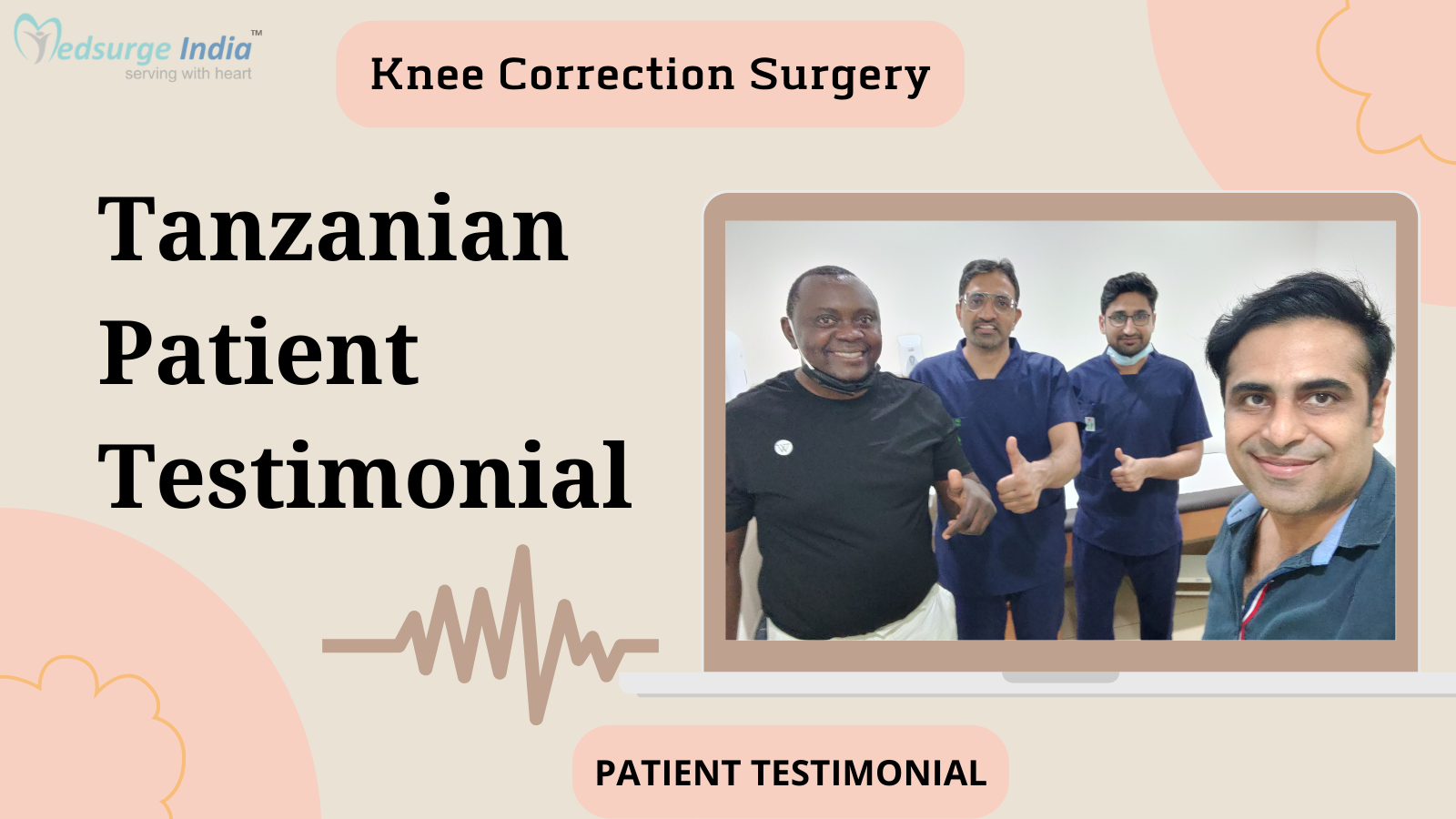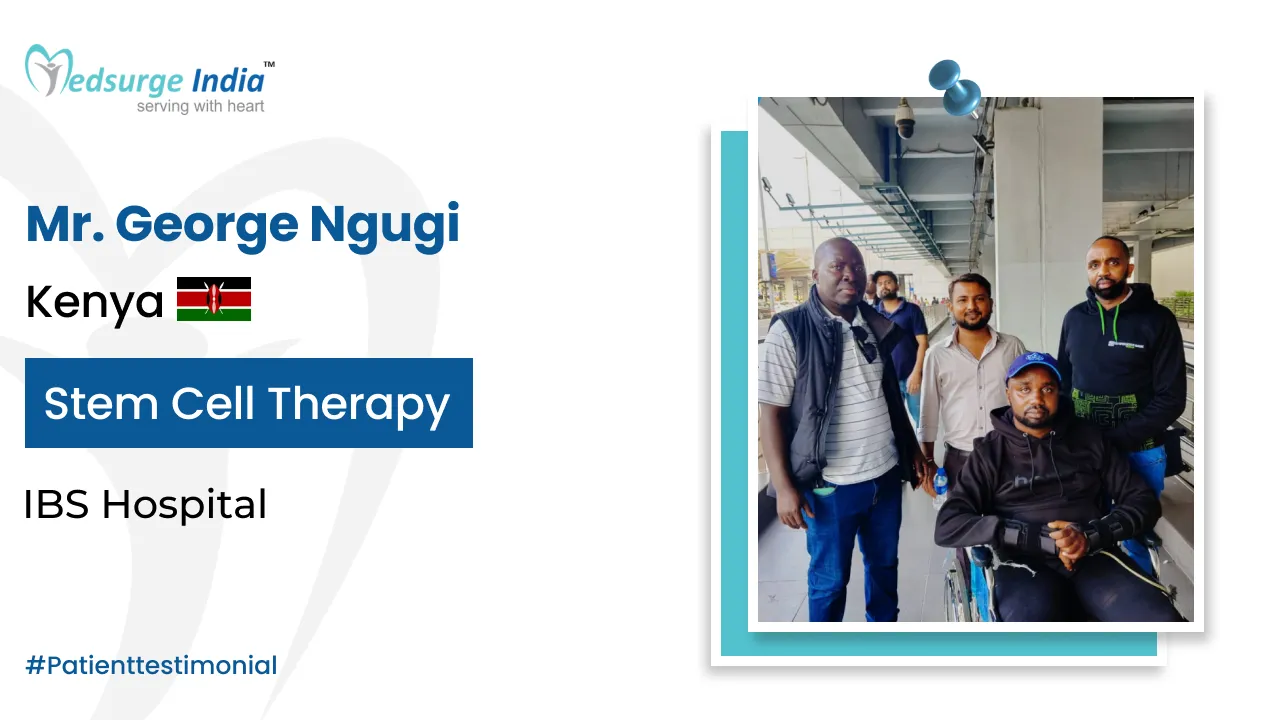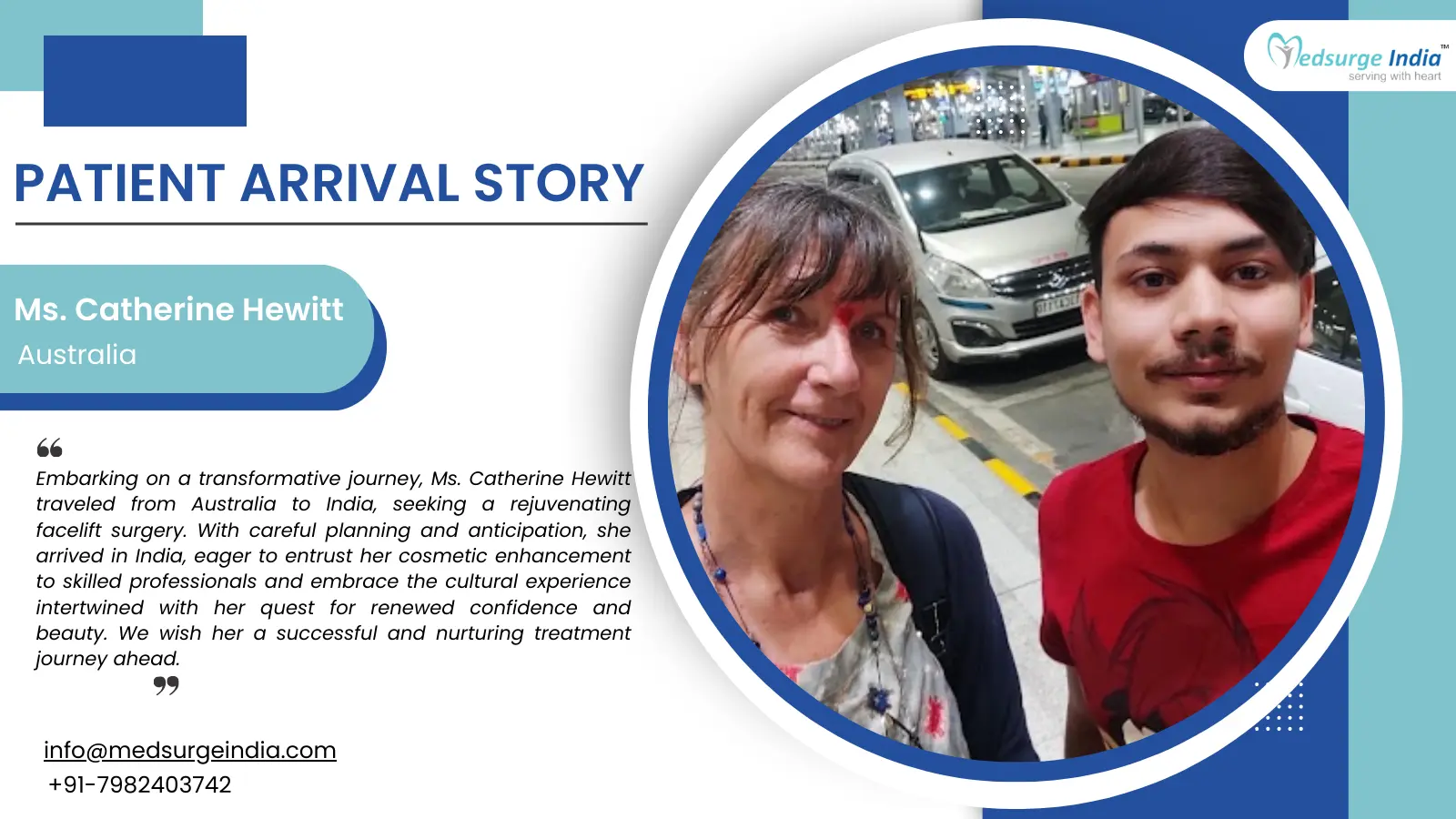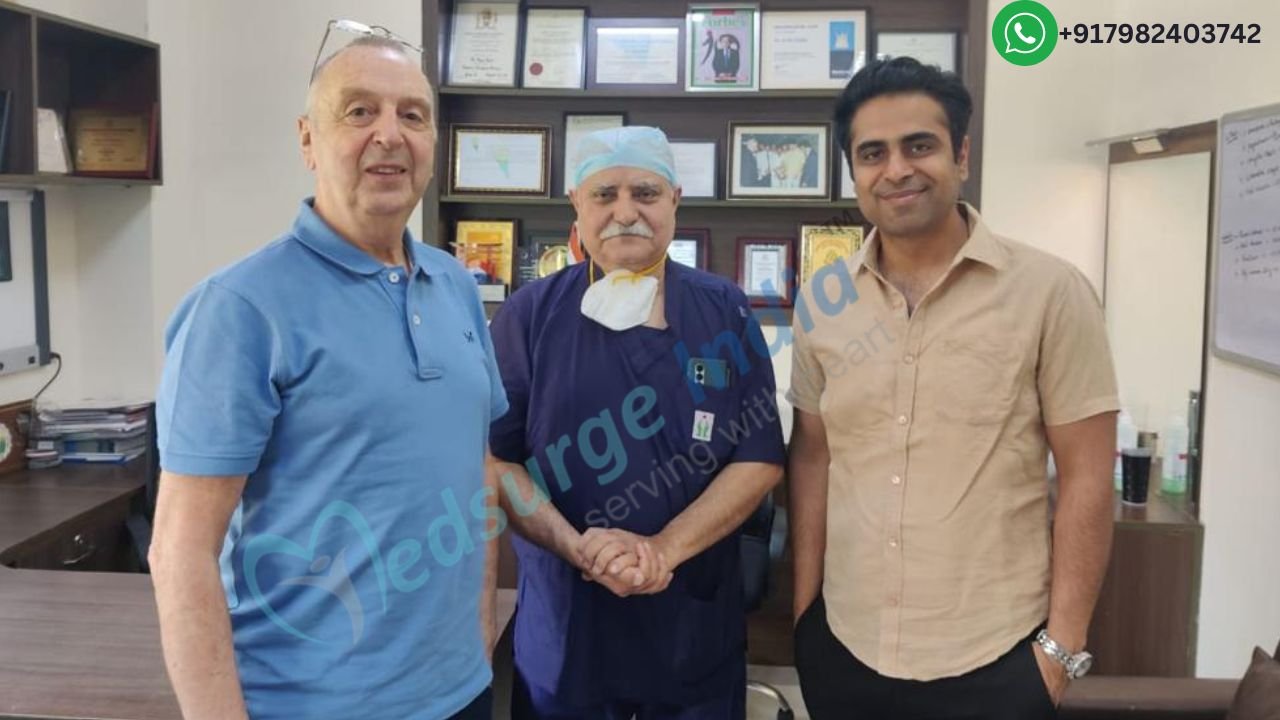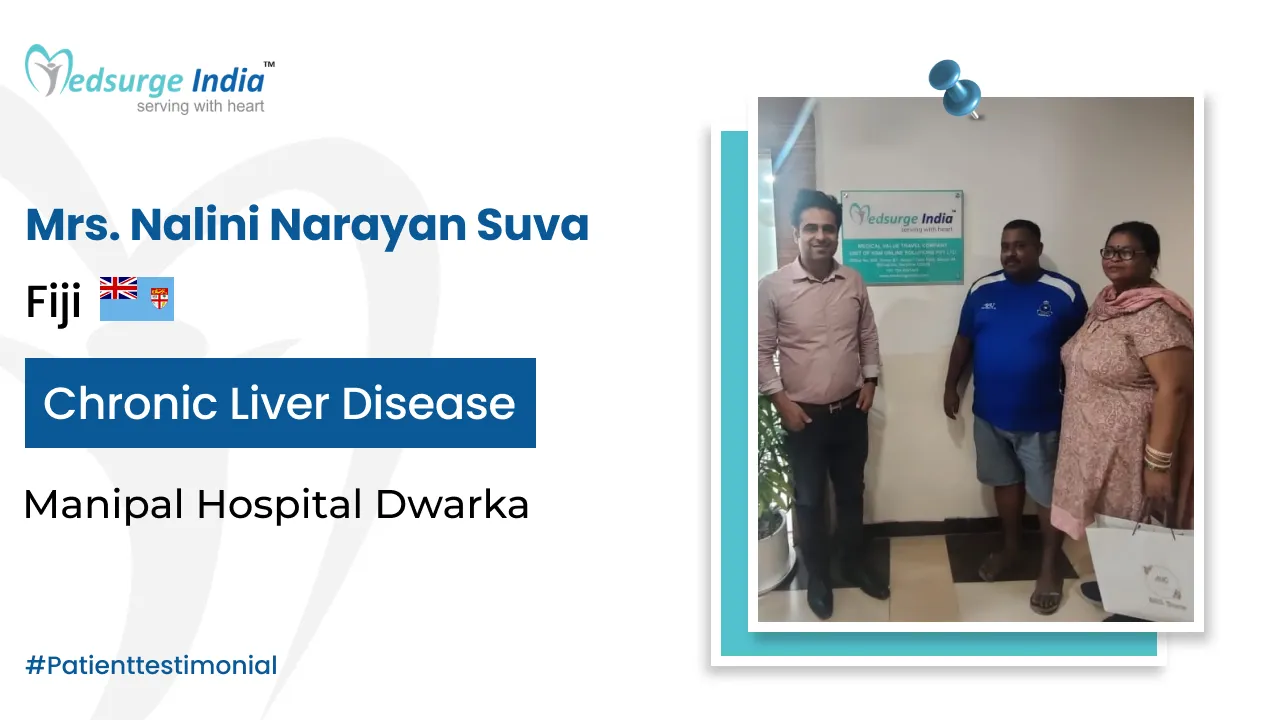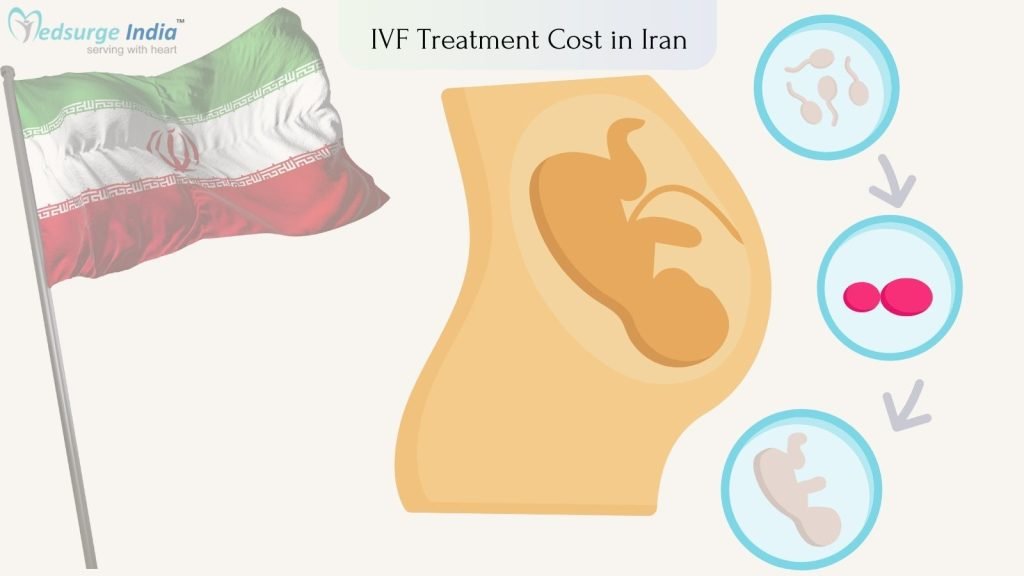
`Infertility is a condition that many couples endure nowadays, and it can be caused by a number of reasons. There are multiple treatments available for infertility today. Many infertile couples choose In-Vitro Fertilisation as one of the most efficient methods of infertility treatment to have children.
IVF Treatment in Iran is a most common procedure used to address a variety of fertility concerns. It is a multi-step procedure that includes ovulation inducement, egg retrieval, sperm collection and preparation of fertilization, culture, and embryo transfer. People all around the world choose Iran as an IVF treatment destination because Iranian clinics provide the best medical treatments at affordable costs.
The Success Rate of IVF in Iran is significantly affected by the medical center. The Cost of IVF Treatment in Iran is determined by the doctor’s skills, the IVF center, the geographical location, and the number of times IVF is required.
What Is In-vitro Fertilization
Having children and raising a happy family have always been the dream of infertile couples. This dream, however, is no longer out of reach. Medical advancements in the field of infertility treatments have aided in the resolution of many infertility issues through the use of assisted reproductive technologies such as IVF, ICSI, IUI, and others. Following a series of tests and analyses, the physician and the couple come on one of these treatment options based on the couple’s conditions.
In vitro fertilization in Iran, or IVF, is a method of assisted reproduction in which the female egg is combined with the male sperm in a laboratory. Following fertilization, the embryo is cultivated in a laboratory before being implanted into the mother’s uterus via the cervix. IVF consists of four stages: ovarian stimulation, egg harvesting, sperm and egg fertilization, and embryo transfer.
Nowadays, IVF in Iran is commonly employed to treat infertility caused by a variety of factors, including:
- Blocked one or two female uterine tubes.
- One or two female uterine tubes are blocked.
- Male factor infertility, which includes low sperm count or motility, as well as abnormal sperm shape
- Extreme Ovarian dysfunction (such as polycystic ovary syndrome (PCOS))
- Ovarian failure and decreased female ovarian reserve due to factors such as premature menopause or cancer, among others.
- infertility that cannot be explained
- Couples suffering from Multifactorial Infertility
- Couples that went through failed infertility treatments such as IUI (intrauterine insemination)
Why Do People Travel to Iran for IVF Treatment
In Vitro Fertilisation, or IVF, was initially performed in 1978 and has since become the gold standard for treating numerous fertility issues. In 1990, the first IVF Iranian baby was born in Yazd, and Iran made significant development in line with foreign understanding. Iran is now one of the most successful IVF countries in the world.
Iran is a world leader in excellent infertility treatment, with over 30 years of experience in infertility research and treatment. In Tehran, Urmia, Yazd, Isfahan, and other Iranian cities, there are over 80 specialized infertility clinics. These clinics, which have the latest expertise and equipment in the world, offer a variety of high-quality infertility treatments.
Therefore thousands of individuals come from all over the world who wish to have a child through IVF treatment in Iran with qualified doctors, as well as in Best Iranian IVF Clinics with the latest technology at the lowest and most affordable price. Iran has more than 50 artificial insemination centers, with Tehran having the most. In general, the high success rate of IVF in Iran has made Iranian IVF clinics popular. Couples from all over the world are attracted to Iran by the constant depreciation of Iranian currency.
Who Is the Ideal Candidate for IVF in Iran
Thousands of in vitro fertilizations are performed in Iran each year, with the majority of them being successful; however, IVF candidates should have certain basic characteristics in order to get satisfactory outcomes. In general, Ideal Candidate for IVF in Iran must have the following characteristics:
- Women under 35 years of age old;
- People that lead a healthy lifestyle
- Women who have blocked fallopian tubes;
- Women suffering with polycystic ovarian syndrome (PCOS)
- Women suffering from severe endometriosis; and
- Low sperm count and motility in men.
Even though many people in Iran are happy with their IVF results, this method is not appropriate for all patients. Patients with fibroid tumors, high blood pressure, ovarian dysfunction, hormonal imbalance, and uterine abnormalities, for example, have a reduced success rate and are not regarded as Ideal Candidates for IVF.
IVF Treatment Cost in Iran
Affordable IVF Treatment Cost in Iran starts from INR 93,345 (1,120 USD). Because of the recent Currency Depreciation in Iran, high-quality medical treatments are now cheaper. Iran ranks highly in comprehensive medical science, particularly in infertility treatments. IVF success rates in Iran are higher than the global average.
Depending on the doctor’s fee, the fertility clinic’s facilities and location, medications for fertility, laboratory testing, the number of ultrasounds, consultation expenses, and whether donor sperm/egg is used, among other factors. In some situations, a frozen embryo has a substantially better chance of conception than a fresh embryo. In that instance, the couple should freeze their embryo first and then transfer it to the womb later. Because embryo freezing is a difficult technique, the cost will range between 200 to 500 USD.
The Cost of IVF in Iran is significantly lower than in other countries. The following are the primary reasons behind its low price in Iran:
- Iran has a considerable number of Good IVF Clinics.
- In Iran, there are a considerable number of Candidates for IVF.
- The Cost of IVF in Iran varies depending on the procedure and the hospital.
Get Free Cost Estimation
Procedure
How IVF Treatment in Iran is Performed
In Vitro Fertilisation (IVF) is a widespread procedure used to treat a variety of reproductive challenges. Ovulation induction, egg retrieval, sperm collection and preparation, fertilization, culture, and embryo transfer are all part of the procedure. The IVF procedure in Iran can be broken down into five steps:
Ovulation Induction – Fertility medicines are administered to manage the timing of egg maturing and boost the probability of collecting several eggs throughout a woman’s cycle. These medications are used to encourage the development of many eggs in the ovaries. Normally, just one egg develops each month.
However, multiple eggs are required during the IVF procedure in Iran. Because some eggs will not fertilize or grow naturally following the fertilization phase. Induction ovulation medicines are prescribed 8 to 14 days before menstruation, and you should see your doctor every two or three days to monitor your ovulation status. Depending on the conditions at hand, the ovulation induction method usually takes 10 to 20 days.
Ovum Pick-Up – After ovulation induction and the development of fertile oocytes, the eggs should be extracted for in vitro fertilization. Egg retrieval, often known as egg ‘pick up,’ is a hospital day procedure in which eggs are extracted from your ovaries. An anesthetist will prepare you for a general anesthetic. Your fertility doctor employs cutting-edge ultrasound equipment to guide a needle into each ovary and inserts a very small needle through the upper vaginal wall to retrieve fluid containing eggs from the ovaries’ follicles. The average number of eggs collected ranges from 8 to 15. The treatment is normally completed in less than 30 minutes.
Collection and Preparation of Sperm – The method of sperm collection used is determined on the sexual partner’s health. If a man’s sexual health is in good shape, he will naturally sample his sperm. However, when a man has azoospermia and is unable to provide a sample, the urologist collects sperm samples using the PESA (semen testicular syringe under local anesthesia (or TESE procedure) direct testicular biopsy under general anesthesia).
The sperm is then isolated from the sperm sample and washed in certain manners. When selecting quality sperms, laboratory-washed sperms are analyzed to determine sperm motility and shape. For fertilization, selected sperms are introduced to the culture medium. If sperm is obtained before the ovulation period, it is frozen until the fertilization time.
Fertilization and Embryo culture – The Best Embryologist in Iran examines the retrieved egg after the ovum is picked up to choose mature eggs that are appropriate for fertilization.
The mature eggs are placed in a culture medium, and the sperm is transported to a fertilization incubator. High-motility sperms go to the eggs and fertilize them during IVF. When this happens, the fertilized eggs are referred to as embryos.
Intracytoplasmic sperm injection (ICSI) is used when there is a poor number and quality of sperm. It is an extra step in an IVF treatment cycle in Iran in which a single sperm is put into each egg to help with fertilization. When each egg is fertilized, the ensuing cell divides and grows to roughly 10 cells in 3 days. Finally, during 2 to 5 days of fertilization, the embryo is transported to the uterus.
Embryo Transfer – The final stage of in vitro fertilization (IVF) in Iran is embryo transfer. The doctor will select the best embryos to transfer to the uterus about 2 or 3 days before the embryo transfer. After an IVF round, there may be “extra” embryos, which most individuals choose to freeze or cryopreserve.
The number of embryos implanted in each IVF cycle in Iran is determined by factors such as the mother’s age, the cause of infertility, and how the ovaries react to medication stimulation during the treatment procedure. In each IVF round, between 4 and 15 eggs are typically collected, with approximately 50% of the eggs developing into embryos in the laboratory. In most IVF rounds, two embryos are transferred to the mother’s uterus, and the remaining embryos are frozen and preserved for transfer in subsequent cycles.
Embryo transfer in Iran is an easy procedure that doesn’t require the use of anesthesia. Embryos are loaded onto a soft catheter and inserted through the cervix into the uterine cavity. Although the surgery is normally painless, some women may feel slight pain.
How Can Medsurge India Help?
Medsurge India is a prestigious support system for patients looking for doctors, hospitals, and specialized treatments. We’ll find the most suitable medical options for you. Regarding your medical issues, our team will give you a list of certified, reputable, and trusted doctors and hospitals. Additionally, we offer a treatment strategy that fits your budget. Apart, we assist patients with obtaining travel authorizations, medical visas, and a m
The Most Important Frequently Asked Questions
Q: Is IVF Permissible in Islam?
A: In general, yes, in vitro fertilization is permissible in Islam, as long as it is done for a married couple and both the egg and sperm come from this pair. This means that sperm and egg embryo adoption is not permitted.
Q: How Long Does the Entire Process Take?
A: The procedure’s duration varies from case to case, although it usually takes between 4 and 6 weeks.
Q: When Does the Ultrasound Take Place?
A: After transferring the embryo, we will use an ultrasound to check that the embryo is properly placed in the uterus; you must have a full bladder to have a clear scan result.
Q: Is the Egg Retrieval or IVF Injections Painful?
A: In general, in vitro fertilization is not painful; however, it may cause significant pain. There may be some little bruising around the injection site. The medications you take before the surgery make the egg retrieval procedure painless.
Q: How Many Days After a Failed Treatment Cycle May I Attempt Again?
A: After attempting one more time, you should rest your body for two months.


